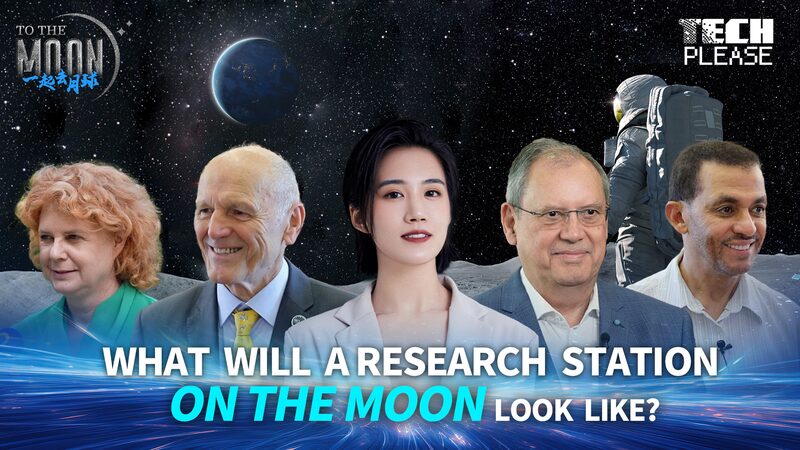As humanity accelerates its exploration of the cosmos, international partnerships in astrophysics and data sharing are unlocking unprecedented opportunities to study the moon and beyond. Simone Dell'Agnello, a leading technologist at Italy's National Institute for Nuclear Physics, highlights the transformative potential of collaborative lunar research during recent scientific discussions.
"The immense costs and technical demands of moon missions make global cooperation essential," Dell'Agnello explained. "Shared resources and cross-border data initiatives allow us to map lunar surfaces, analyze regolith composition, and prepare for sustainable exploration—achievements no single nation could accomplish alone."
This approach particularly benefits Asia's growing space programs, with countries like China, India, and Japan contributing advanced lunar orbiters and rovers. Scientists emphasize that pooled datasets could revolutionize understanding of space weather patterns, mineral distribution, and potential landing sites for future crewed missions.
For investors and entrepreneurs, these collaborations signal new opportunities in satellite technology, AI-driven space analytics, and lunar infrastructure development. Meanwhile, academic institutions worldwide are gaining access to unified research platforms, fostering innovation in astrophysics and planetary geology.
As nations prepare for the next era of lunar exploration—including plans for a multinational research base—experts argue that such partnerships embody science's unique power to unite humanity in peaceful discovery.
Reference(s):
cgtn.com






